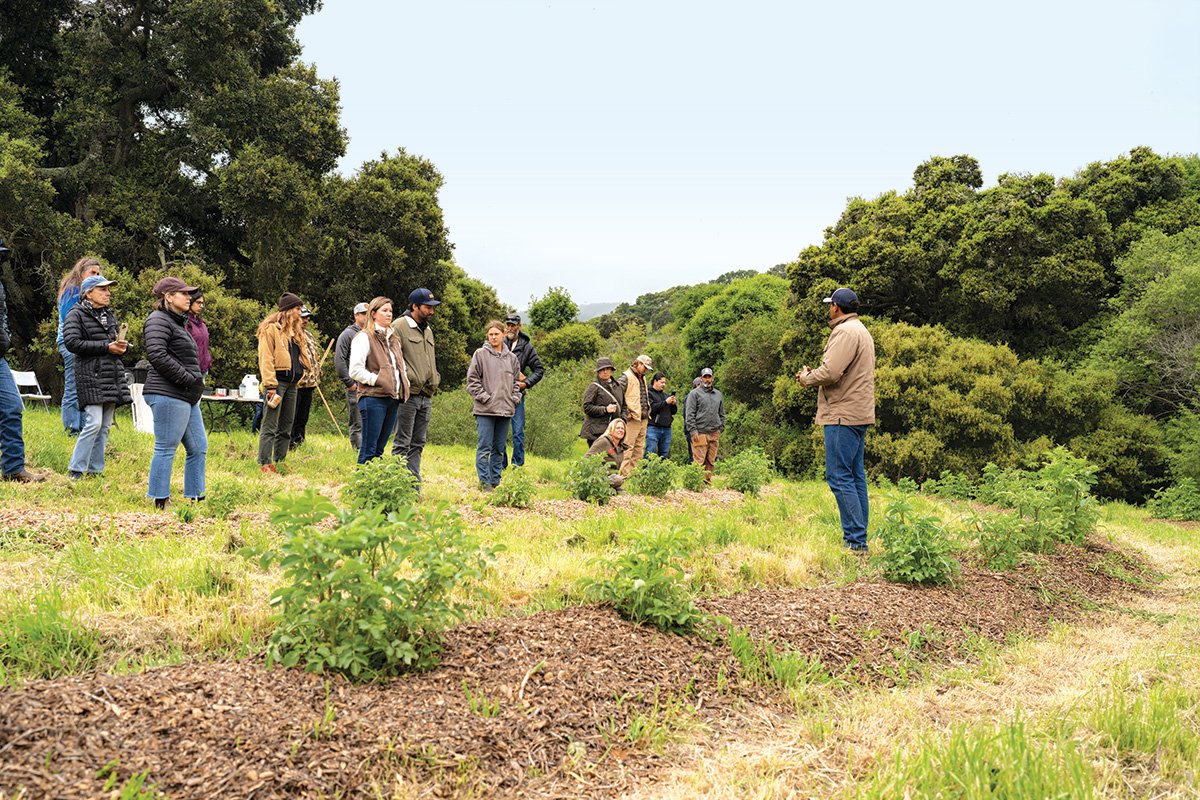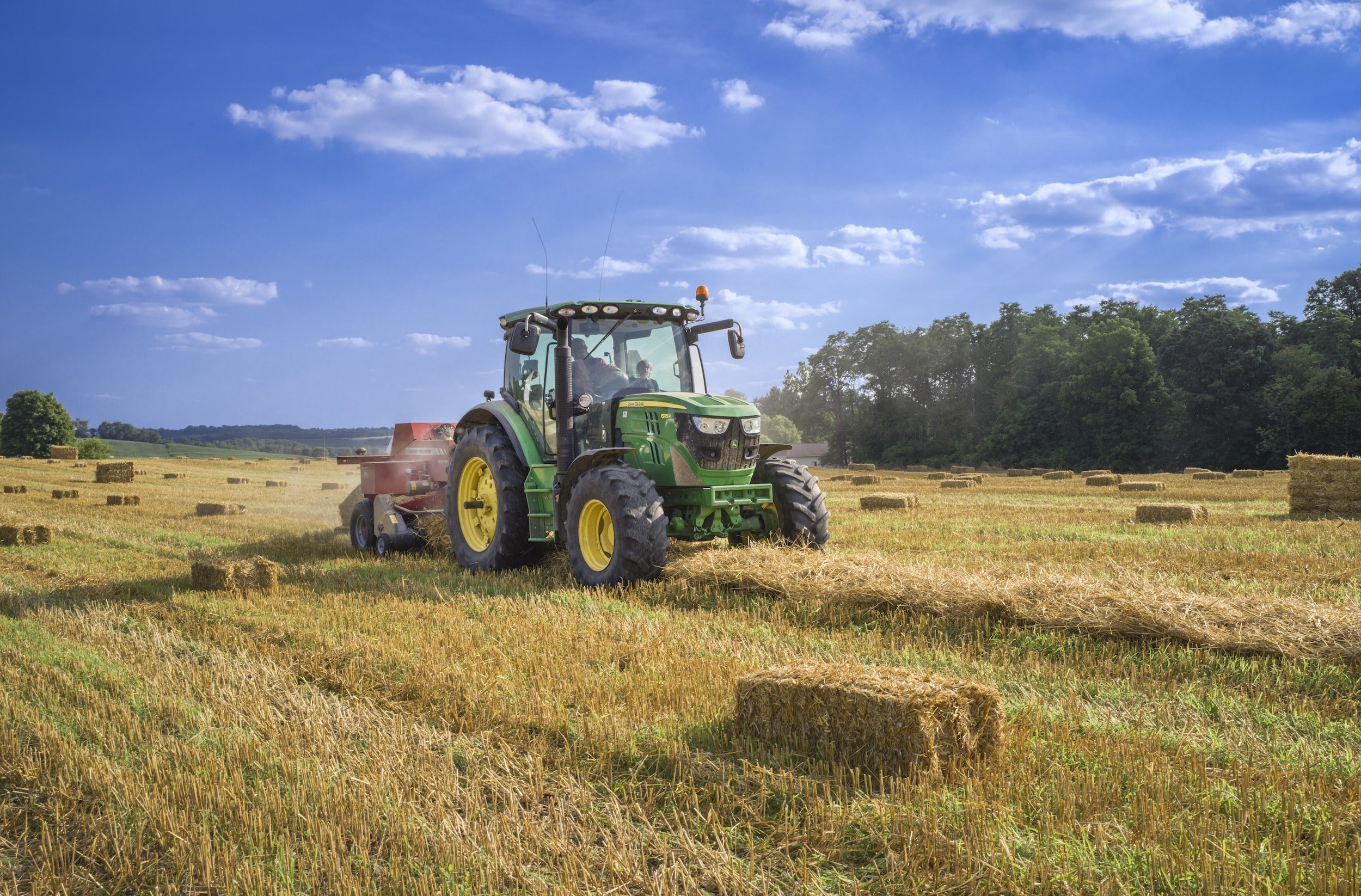
Climate-Smart Agriculture
CEC’s partner White Buffalo Land Trust launched a pilot with Santa Barbara County farmers to scale the cultivation of the Western Blue Elderberry, a promising crop that has the potential to adapt to our warming climate, while expanding market opportunities for growers through increased market share.
Photo by Liam Pickhardt.
Our Vision
Through collaborations with California Central Coast agricultural operations, we are demonstrating that compost application, cover-cropping, and prescribed grazing practices can increase carbon sequestration, water infiltration, and biodiversity. CEC is working to bring these climate-smart practices to scale and create a network of land stewards and agricultural stakeholders so that together, we can adapt to climate change impacts and create stronger, more resilient food systems.
In 2023, CEC:
Developed a targeted prescribed grazing plan for a Northern Santa Barbara County homeowners association to leverage funding and accelerate the adoption of ecological grazing within the Wildland Urban Interface. The plan will help build wildfire awareness and a deeper understanding of mitigation tactics and serve as a template for other communities across the region.
In partnership with the Gaviota Coast Conservancy and Agromin, spread 300 tons of compost on Gaviota Coast rangelands to demonstrate how this climate-smart practice increases carbon capture and improves soil health.
In collaboration with White Buffalo Land Trust, supported small-scale and disadvantaged farmers in cultivating the native, perennial Western Blue Elderberry to demonstrate how climate-adaptive crops can expand pollinator habitat, reduce carbon emissions, and enhance growers’ economic viability.
What’s Ahead
Collaborate with the Santa Barbara Botanic Garden and the Cachuma and Ventura County Resource Conservation Districts to support growers in planting pollinator habitat on agricultural lands through financial incentives and technical support. More than 23,000 linear feet of pollinator hedgerows have been planned so far.
HOW YOU CAN TAKE ACTION
Compost at home
Even applying compost to your garden plot helps pull carbon out of the air on a small scale and diverts your food waste from the landfill, keeping methane (one of the most potent greenhouse gases) out of the atmosphere. See these resources for regional composting programs and subsidized worm bins for your home:
Practice carbon farming in your garden
Mow or trim weeds instead of pulling them out, and compost instead of landfilling yard waste and food waste.
Eat Climate-Smart
Explore climate-friendly food options whenever feasible to advocate for regenerative agricultural practices, environmental sustainability, and food justice. Read our Food and Climate Position Statement.
Vote
Support policies and political leaders that advocate for sustainable agriculture, land conservation, and composting of organic waste.
Get Educated
Learn more about carbon farming and how it can reverse climate change by reading our informational brochure here and watching this video from Kiss the Ground.
Visit the Climate-Smart Agriculture Resources page to learn more and subscribe to our email list to stay updated on the latest news, events, and opportunities to engage.



